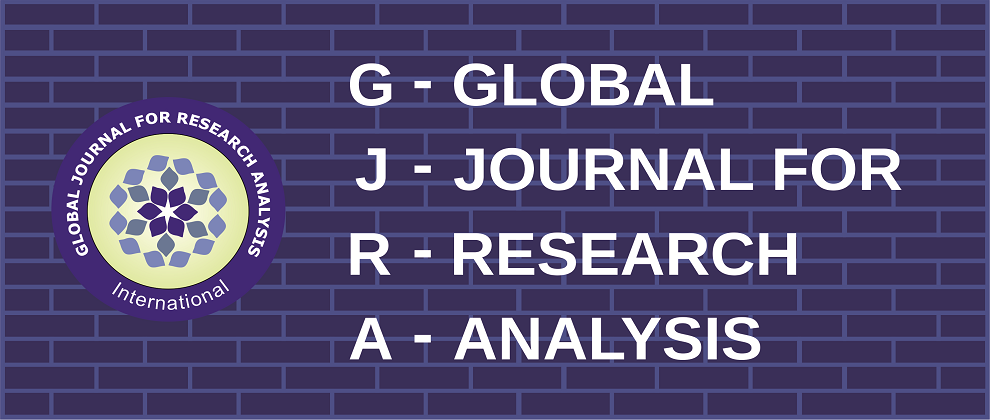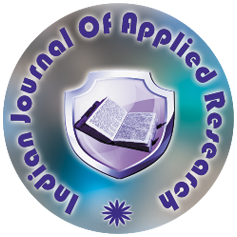Volume : 5, Issue : 10, October - 2016
EVALUATION OF INCIDENCE AND PATTERN OF ANAEMIA IN A TERTIARY CARE HOSPITAL IN NAVI MUMBAI
Dr. Hoogar M. B, Dr. Puja Iyengar, Dr. Atul Jain, Dr. Ujwala Maheshwari, Dr. D. B. Borkar
Abstract :
<p> Background: Anaemia, being an important global health problem, affects both underdeveloped and affluent countries leading to severe impact on human health and social and economic development. The present study is to analyze the data present in the haematology laboratory of a tertiary care hospital to determine the overall incidence and pattern of anaemia, which is a novel exercise, first of its kind in Navi Mumbai region in Maharashtra, India, that would essentially facilitate devising of clinical trials for its management and establishing comprehensive mechanisms to improve health care at community level for its prevention. Objectives: The objective of the present study is to assess the incidence and pattern of anaemia by analyzing the haematology data available in the haematology laboratory of a tertiary care hospital. Methods: The design of the present study is to analyze the available data in the haematology laboratory of a tertiary care hospital to determine incidence and pattern of anaemia. Results: In the present study, a total of 563 (3.19%) cases of anaemia are diagnosed after analysis of routine haematological reports of blood samples received in the central laboratory of a tertiary care hospital. Out of 563 cases of anaemia, 278 (49.37%) cases are diagnosed in males and 285 (50.63%) cases in females. In the present study, the number of anaemia cases in children below twelve years of age is 101 (17.94%) and in adults and adolescents it is 462 (82.06%) cases. The age-wise incidence of anaemia is highest, 248 (44.04%) cases, in the age group of 12 to 40 years, while it is least, 26 (4.4%) cases, in infants under the age of one year. The present study of characterization of anaemia revealed maximum incidence of Dimorphic/normocytic normochromic anaemia of 261 cases (46.35%) followed by microcytic hypochromic anaemia, 250 cases (44.04%), while the incidence of Macrocytic anaemia is 37 (6.5%) cases and the number of thalassaemia cases diagnosed in the current study is 15 (2.66%).</p>
Keywords :
Article:
Download PDF Journal DOI : 10.15373/2249555XCite This Article:
Dr. Hoogar M.B, Dr. Puja Iyengar, Dr. Atul Jain, Dr. Ujwala Maheshwari, Dr. D.B. Borkar EVALUATION OF INCIDENCE AND PATTERN OF ANAEMIA IN A TERTIARY CARE HOSPITAL IN NAVI MUMBAI Global Journal For Research Analysis,Volume-5, Issue-10, October&oli


 MENU
MENU

 MENU
MENU

